A sampling of the latest Irish books.
℘℘℘
RECOMMENDED
“The reason I wanted to be a Gopher was simple: them gangsters never had to work for a living.”
This is famed New York gangster Owney Madden, speaking in the crackling voice which runs throughout Michael Walsh’s gritty new novel And All the Saints.
Madden rose from a tough youth in an Irish ghetto in England to become one of the most notorious American crime figures ever. He started as the leader of the innocently named Gophers, a violent Irish street gang in the West Side Manhattan neighborhood of Hell’s Kitchen. But in Prohibition New York, Madden saw countless opportunities to ultimately become a leading bootlegger.
Thanks to the seemingly endless cash flow — not to mention enough muscle to put down anyone who challenged his empire — Madden founded the world famous Cotton Club, and romanced starlet Mae West.
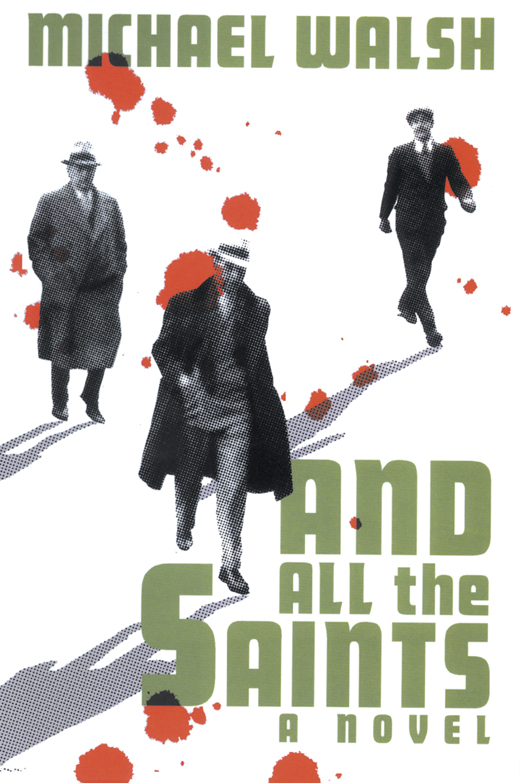
In And All the Saints, Walsh takes the many colorful (and often violent) events of Madden’s life and imagines the gangster writing his memoir. Madden’s voice is endlessly cocky and full of sarcasm, even when Owney is but a school boy. A friend, Madden explains, is a student at “St. Michael’s School, which was on 33rd Street, toward Ninth Avenue. I was supposedly attending the same worthy institution as well, but after just a few weeks I realized that prolonged and abstract book learning was only going to slow me down from achieving my life’s goals and that therefore there was no percentage in it for yours truly.”
At times, Madden’s cracking wise gets a bit excessive, and the stage-Irish wailing of “Jesus, Mary and Joseph and all the saints” from various aged characters can be a bit much (even if it does lend Walsh’s book a fine title). Still, Walsh’s slow, steady march through Madden’s life, loves and prison sentences kicks into high gear when Owney goes into business with fellow gangsters such as Dutch Schultz, Frank Costello and Meyer Lansky. Meanwhile, New York’s top gangbuster Thomas Dewey is out to bring them all down. Even if you know how the real-life story of Owney Madden turns out, Walsh will keep you turning the pages, to see if the legitimate law — or competing gangsters, or anyone for that matter — can get to the legendary kingpin of West Side Irish crime. With And All the Saints, Michael Walsh brings to life a dark, yet fascinating episode of Irish American history.
(352 pages / $24.95 / Warner Books)
℘℘℘
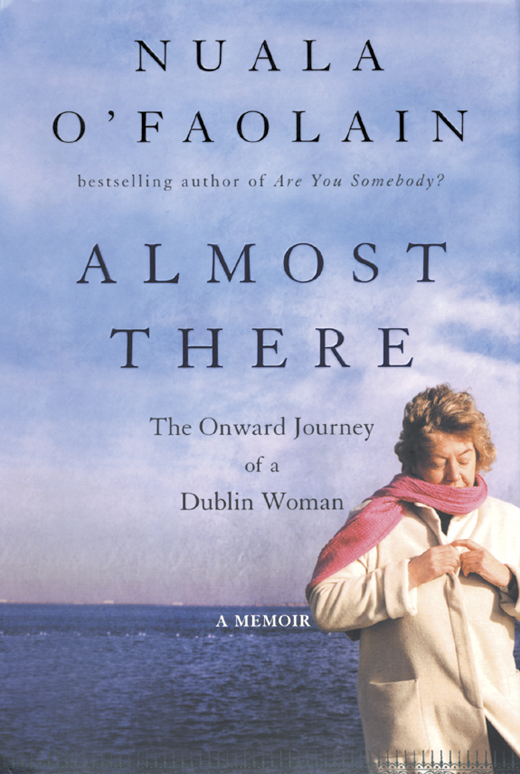
MEMOIR
With all the attention so often given to the McCourt brothers and their vital contributions to what has become the Irish memoir industry, it’s easy to forget just how popular — and brilliant — Nuala O’Faolain’s “accidental memoir of a Dublin woman,” entitled Are You Somebody? was when it was published a few years back.
This was a poignantly-told Irish life story which shot up the best-seller charts. And while Are You Somebody? had little of the grim poverty that became a trademark of so many Irish memoirs, it had energy, boldness and biting wit few others could match.
O’Faolain offered up a big novel in 2000 entitled My Dream of You, and while some critics found it a bit heavy, O’Faolain deserves credit for this ambitious undertaking. Now, she returns to the memoir with Almost There, which begins just as O’Faolain’s life is changing with the advent of her literary success.
This study of what O’Faolain calls the “crucible of middle age” gets off to a decidedly conflicted start, with the author admitting that: “I seemed successful, I knew…But when I looked at the private side of my life, all I could feel was regret, and all I could see was what I was missing.”
A long-term relationship with a lover O’Faolain calls “Nell” ends bitterly (in real life O’Faolain did have a longterm relationship with Irish journalist Nell McCafferty) and a later affair with an older married man could be more fiction than fact, given the tormented emotions O’Faolain displays.
Almost There returns again and again to such complications, made all the more interesting given O’Faolain’s late-coming success. Furthermore, the humor and poetry in Almost There should please fans of Are You Somebody? who might otherwise be skeptical of O’Faolain’s return to the memoir form.
(275 pages / $24.95 / Riverhead Books)
℘℘℘
FICTION
Much of the attention surrounding Colum McCann’s extraordinary new novel Dancer has focused on its exploration of famed dancer Rudolf Nureyev. But this book is also about the nature of celebrity, the Cold War, art, sex and AIDS. Somehow, McCann — a Dublin native and Pushcart, Rooney and Hennessy prize winner — manages to make this all as witty as it is powerful and profound.
Furthermore, though the international flavor of Dancer is strong, McCann gets a touch of the Irish in there as well, articulating anew the question first posed by William Butler Yeats: “How can we know the dancer from the dance?”
Having previously studied the scars of Northern Ireland’s Troubles in the claustrophobic Everything in this Country Must, McCann takes a leap in time and space with Dancer, covering 50 years and nearly as many characters.
Dancer begins with a wrenching, yet all-too-human portrait of Russian soldiers recovering from fighting in a World War II hospital. Rudolf Nureyev supposedly gave his first dance at such a facility at the age of 6. But ultimately, the famed dancer (who later defected to the West) is just one character, and arguably not even the most memorable in McCann’s multi-layered novel.
Filled with voices, coming from the bleak Soviet landscape to the wild, drug-fueled night-life of New York in the decadent 1970s, Dancer is as much about the people who encountered Nureyev, casually or even accidentally, as it is about the dancer. Many readers will surely feel that it is the Venezuelan immigrant Victor who steals Nureyev’s show. In an electric, one-sentence-long romp, Victor glides through New York in the 1970s. This is only one of the spellbinding scenes in what is certainly Colum McCann’s most ambitious book to date.
(335 pages / $26 / Metropolitan Books.)
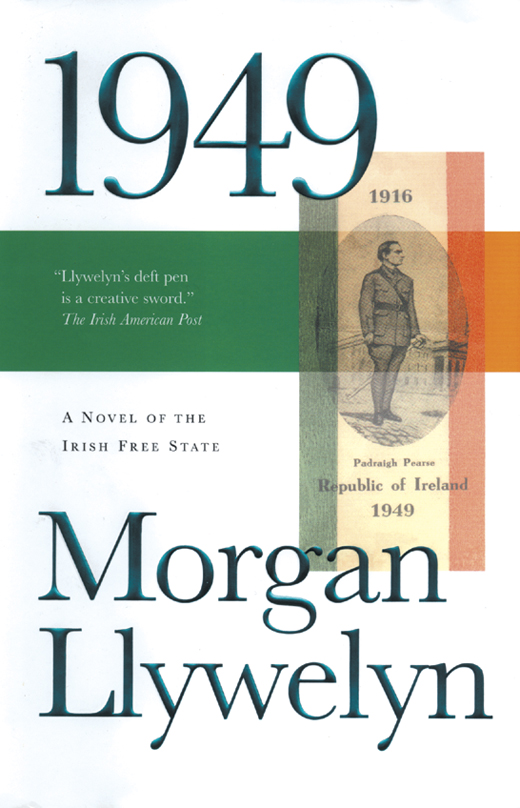
Speaking of ambitious, Morgan Llywelyn continues her own tour through the tortured years of Irish history with 1949: A Novel of the Irish Free State. This is Llywelyn’s follow-up to earlier historical novels 1916 and 1921, which obviously covered key moments and figures in Ireland’s history.
This time around, Llywelyn tells the story of Ursula Halloran, a young woman who comes of age in the 1920s. The bloodshed of Irish civil war eventually gives way to what Llywelyn sees as a repressive Catholic state led by Eamonn de Valera. Llywelyn’s focus is particularly upon how women experienced what can, with some irony, be called Irish “independence.” Married women are penalized for holding jobs, and divorce is illegal. All the while, elements of the Irish Republican Army are still dedicated to violence and war.
Llywelyn even gives us a broader portrait of the Depression-wracked world always seemingly on the brink of conflict, from the Spanish Civil War to the impending nightmare of World War II.
Ursula ends up working for the Irish radio service and then the League of Nations. But her personal life is torn between emotions for an Irish civil servant and an English soldier. Things only get more complicated when Ursula becomes pregnant and must leave the country.
Once again, Morgan Llywelyn — who is planning at least two more books in her “Irish Century” cycle — makes history powerfully, almost disturbingly personal.
(414 pages / $25.95 / Forge)
℘℘℘
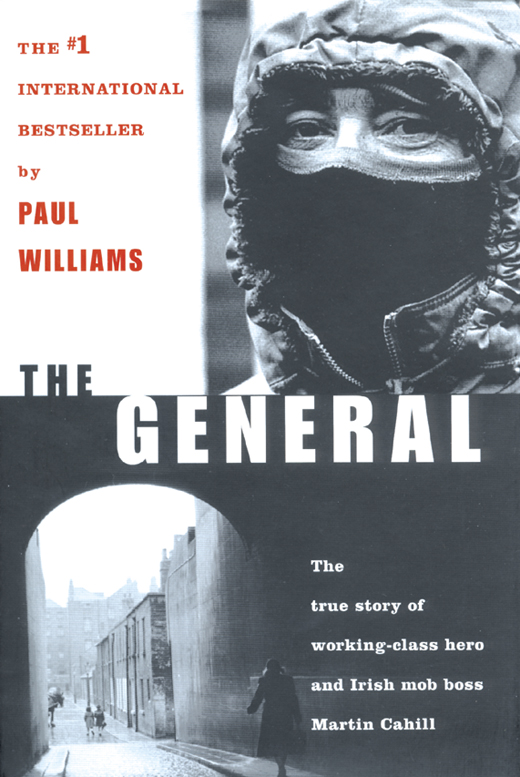
NON-FICTION
Finally available in the U.S. — now that the brilliant Brendan Gleeson bio-film came and went a few years back — is Paul Williams’ excellent book The General: The True Story of Working-Class Hero and Irish Mob Boss Martin Cahill. Williams’ book — which chronicles the rise and fall of Cahill’s at times bizarre career of secrecy, drugs brutality, and riches — was a runaway best-seller abroad.
Mobster Martin Cahill was better known as “The General,” who pocketed some 40 million pounds during his criminal career, which was capped off by one of the world’s largest art and gold heists. Williams also makes it clear that Cahill, often celebrated as a Robin Hood figure, was a brutal killer, obsessed with secrecy and beating the authorities.
But it was Cahill’s refusal to play ball with the IRA that would lead to “the General’s” downfall. Williams — one of Ireland’s best-known crime journalists — takes this innately fascinating story and runs with it. As entertaining as it is unnerving.
(285 pages / $24.95 / Forge)
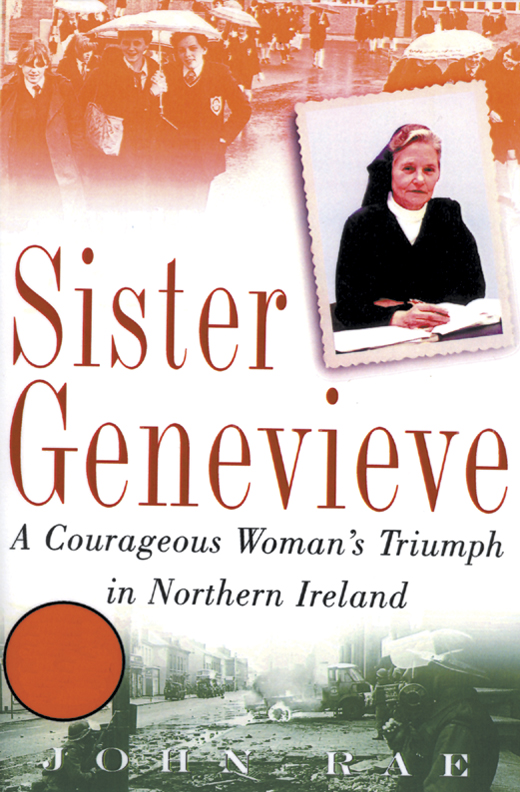
At the opposite end of the “folk hero” spectrum we might place the titular nun and hero of John Rae’s history Sister Genevieve: A Courageous Woman’s Triumph in Northern Ireland. Beginning in 1956 when she founded Saint Louise’s School for Girls in Belfast, Sister Genevieve career becomes a long, hard struggle against the politics, poverty and discrimination that would follow as the Troubles unfolded in the 1960s.
The streets become scenes of violent guerilla warfare, and the children at Saint Louise’s are hit hardest. But as Rae makes clear, Sister Genevieve created a support network of teachers, counselors, welfare officers, and psychiatrists who were able to successfully help an entire generation of Belfast youths. And Sister Genevieve herself wasn’t fussy when it came to picking enemies: she would defy Protestant extremists as surely as she would do battle with the IRA, British Army, or even the Catholic Church. This is, to say the least, an inspiring story, especially as Northern Ireland continues to totter on the brink of renewed conflict.
(284 pages / $24.95 / Warner Books)

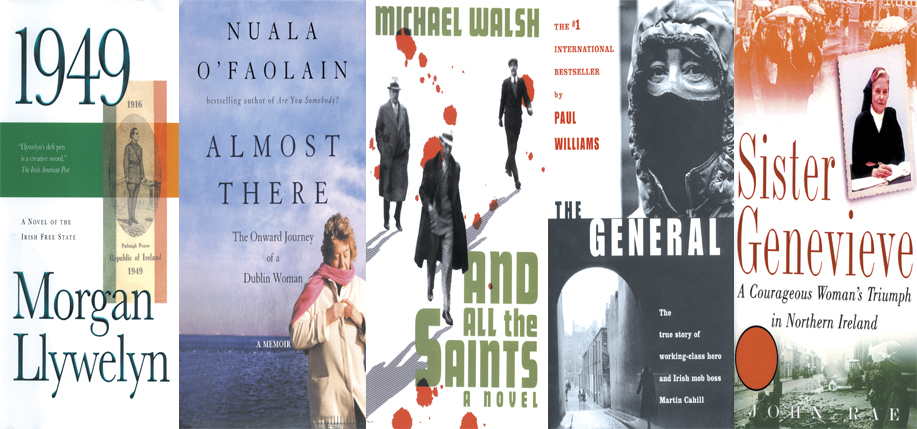
Leave a Reply